The story of how Denver came very close to having a Personal Rapid Transit system implemented during the 1970s begins with a grant.
In October 1972, Denver was selected (out of a pool of 30 cities) as the site of an $11 million federally financed Personal Rapid Transit (PRT) project. The grant was provided by the Urban Mass Transit Administration (UMTA). United States Secretary of Transportation John Volpe described PRT as "a kind of horizontal elevator." He elaborated:
“When you enter the PRT station you push a button—the same way you summon an elevator. When the small, personalized passenger cab arrives—they are usually designed to accommodate about a dozen people—you enter and push another button indicating your destination, and off you go.”
In February 1973, the RTD board of directors adopted a nearly $1.6 billion transit plan in a 15-1 vote. The plan combined 100 miles of PRT with local and regional bus service.
A special election held on September 7, 1973, resulted in voters authorizing RTD to issue $425 million in bonds and raise another $95 million in pay-as-you-go funds to cover the costs of the transit plan (federally raised revenues were expected to cover the additional costs). Before PRT could be built in Denver, however, it would have to undergo extensive testing at a yet-to-be-built Broomfield test site.
In December 1973, RTD held its first in a series public forums throughout the metropolitan area. In Denver, citizens began voicing their concerns about PRT causing the relocation of businesses and homes, the esthetics of 16-foot, elevated PRT guideways and the lack of citizen input in planning. By January 1974, 13 citizen action committees had been formed throughout communities serviced by RTD.
The future of Denver's PRT federal funding began to darken in April 1974, when UMTA Administrator Frank Herringer testified before the transportation subcommittee of the House Appropriation Committee saying that he believed RTD hadn't adequately analyzed alternatives to its PRT program. RTD was ordered to submit a cost-benefit analysis of all its types of transportation.
On June 13, 1974, the House Appropriations Committee voted to eliminate $10.6 million in funding to RTD to continue their PRT system research and planning during the 1975 fiscal year. Colorado Senators Peter Dominick and Floyd Haskell wrote Senator Robert C. Byrd, chairman of the Senate Appropriations transportation subcommittee, urging Byrd to restore funding. Ultimately, the funds were never restored, and RTD was forced to reconsider its PRT-heavy mass transit plan.
On August 20, 1974, Colorado Governor John Vanderhoof voiced his skepticism of PRT:
"I'm not all that sold on personal rapid transit. It doesn't strike me as the approach for the city and metropolitan area of Denver."
Although RTD remained hopeful about funding for its PRT system, by April 1975, it recommended the abandonment of PRT for more fixed-schedule transit options. PRT didn't take off in the U.S., but the once-controversial, UMTA-funded PRT system in Morgantown, West Virginia, is still in operation today.
Want to learn more about the history of PRT in Denver?
- Published materials on PRT available in the Western History and Genealogy Department
- Clipping files (DENVER. TRANSPORTATION. REGIONAL TRANSPORTATION DISTRICT. 1971- 1979)
- Newspaper articles (available on microfilm in the Western History and Genealogy Department)
- Rocky Mountain News Clipping Collection (envelopes "PERSONAL RAPID TRANSIT")
- Rocky Mountain News Photograph Collection (Box 406, "Mass Transit - X Monorail Trains")

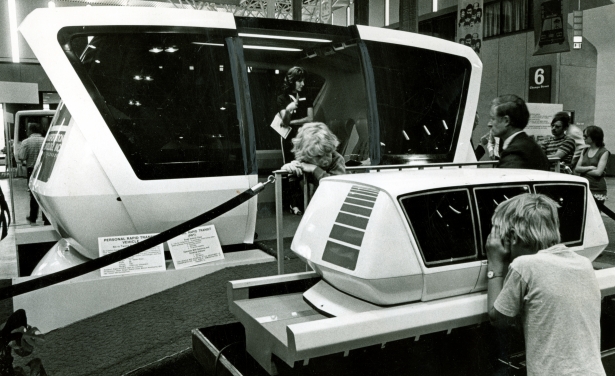
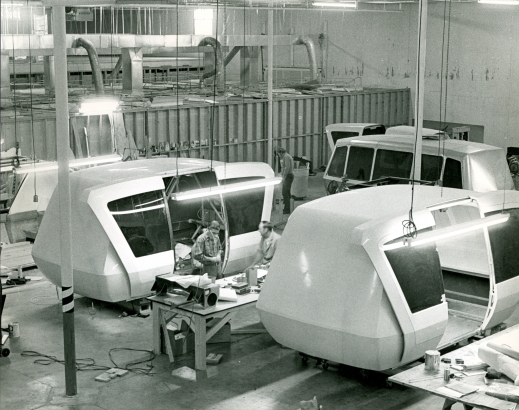
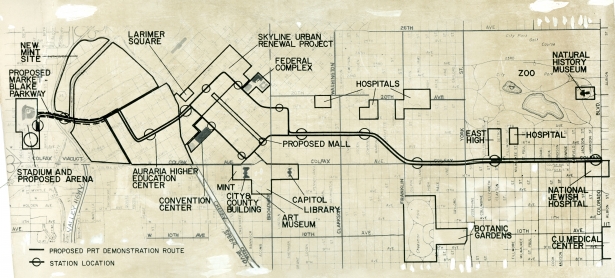
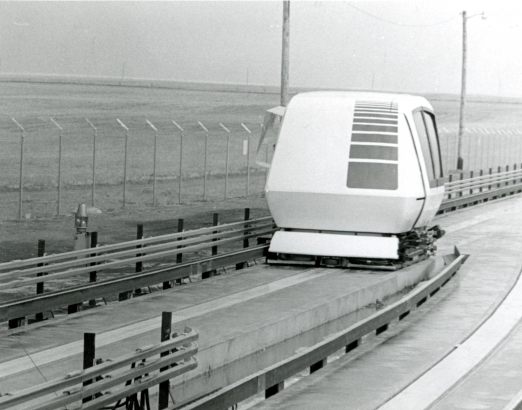
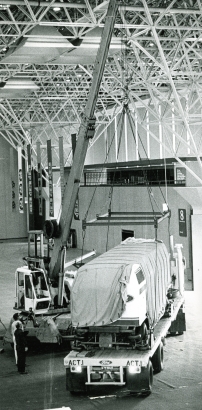
Comments
Wow - this is so interesting!
Wow - this is so interesting! I love the pics and the proposed demonstration route map!! Thanks for a great post!
Thank you, Frank! Glad you
Thank you, Frank! Glad you enjoyed it!
Fascinating!
Fascinating!
Thanks for reading, Joel!
Thanks for reading, Joel!
There is a lot of interesting
There is a lot of interesting stuff about PRT in the Byron Johnson Papers WH1074 in the Western History Department Archives
Excellent! Thanks, Roger!!
Excellent! Thanks, Roger!!
I think it's time to
I think it's time to reconsider PRT. With pods-on-demand capabilities using a phone app, it could be an excellent alternative to increasing automobile congestion.
The systems under development now would allow point-to-point travel within urban areas having relative high speeds and no intermediate stops making them car like in many ways but faster due to separate suspended right-of-ways. Please consider joining the discussion here https://www.facebook.com/groups/Personal.Rapid.Transit/
Thanks for reading and
Thanks for reading and commenting, Michael!
There are quite some
There are quite some interesting photos here.
There was quite a spirit of a feeling that we had come into the future during the late 1960s early 1970s with Personal Rapid Transit and People Mover transit plans, the NASA missions to the moon, the popularity of Brutalist architecture at the time, along with synthesizer music starting to take off. Early 1970s futurism could be both amazing and a disaster at the same time as shown with Alex in A Clockwork Orange living in his new futuristic Brutalist Council Estates home, riddled up with crime and vandalism, that he shared with his parents.
Here in Toronto where I live right at the same time in the early 1970s there was a plan to build a maglev metro system for Toronto, Hamilton and Ottawa, the project was referred to as GO URBAN, a maglev people mover transit project where the cars were magnetically levitated and propelled. The transit technology was based off of Krauss Maffei's Transurban maglev transport technology that was undergoing testing in West Germany. Unfortunately the maglev technology did not fare well in Canadian winter weather and the West German government had funding for the Transurban project cancelled. The provincial government of Ontario persevered with having it's own people mover metro built by designing it's own transit technology from the province's owned corporation known as UTDC. This eventually led to the technology being used for Vancouver's SkyTrain rapid transit network.
It is interesting none the less to see what visions of the future were being beholden by some during the late 1960s early 1970s when people going to the moon was a reality and the beginnings of computer networking just starting to take off. I recommend to anyone reading this comment to check out the web page Innovative Transportation Technologies at:
https://staff.washington.edu/jbs/itrans/
Thanks for reading and
Thanks for reading and commenting, Jordan!